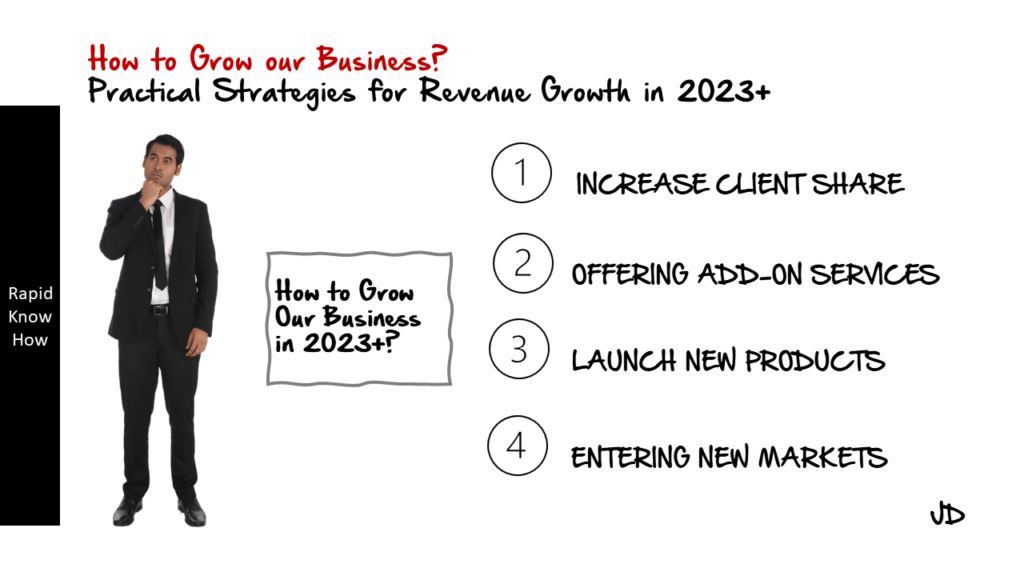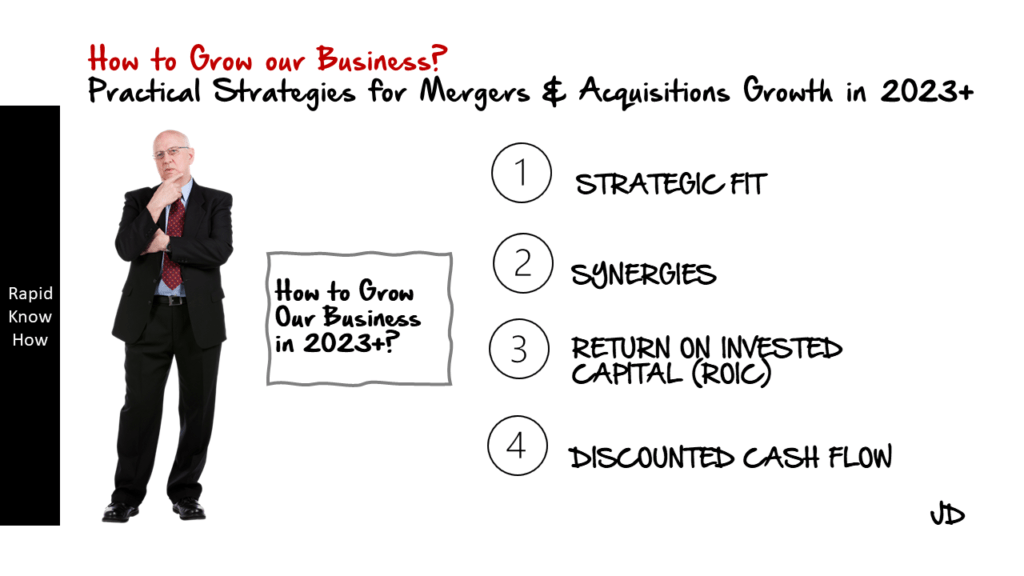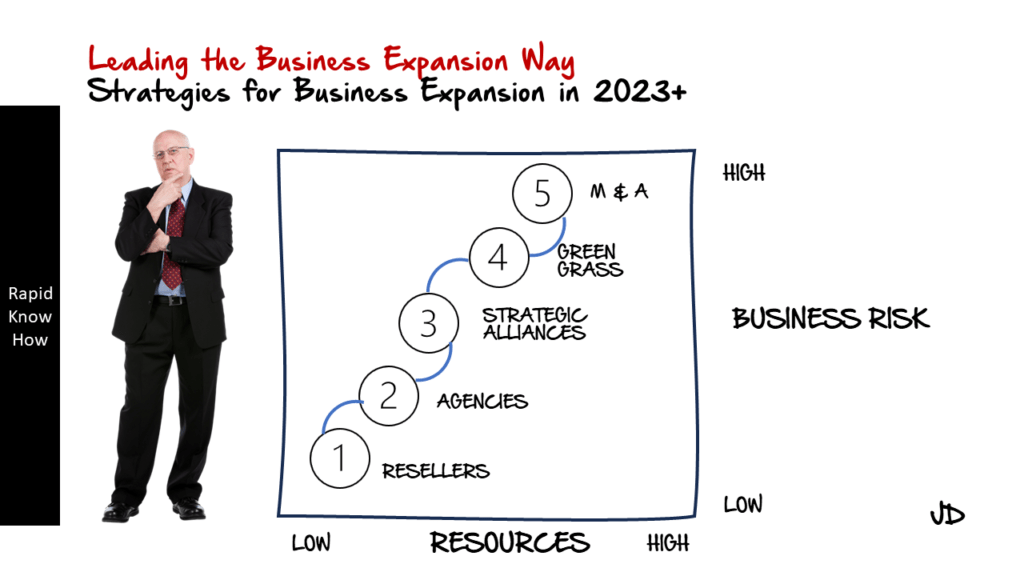Who is Josef David?
Josef David is a renowned strategist, author, and business consultant. He is the creator of the RapidKnowHow method, a unique approach to strategy development and execution that has been adopted by numerous businesses and individuals worldwide. David’s expertise lies in his ability to simplify complex strategic concepts into actionable steps, making them accessible to everyone.
Why Apply his RapidKnowHow Method in Business and Life?
The RapidKnowHow method is not just a business tool; it’s a life tool. It encourages critical thinking, problem-solving, and proactive action – skills that are invaluable in both professional and personal contexts. By applying this method, businesses can streamline their operations, improve efficiency, and achieve their goals more quickly. Individuals can also use it to navigate life’s challenges more effectively and make better decisions.
What is his RapidKnowHow Method?
The RapidKnowHow method is a strategic approach that emphasizes speed, simplicity, and action. It involves identifying clear objectives, developing straightforward strategies to achieve those objectives, and then executing those strategies rapidly. The focus is on taking immediate action rather than getting bogged down in lengthy planning processes.
Case Studies of his RapidKnowHow Method in History
Throughout history, there have been numerous instances where the principles of the RapidKnowHow method have been applied successfully. For example, during the Industrial Revolution, businesses that were able to adapt quickly to new technologies and market conditions thrived while those that couldn’t fell behind.
Case Studies of his RapidKnowHow Method in World War I & II
In both World War I & II, rapid decision-making and action were crucial for success. Leaders who could quickly assess situations, develop strategies, and execute them effectively often had the upper hand. This mirrors the principles of the RapidKnowHow method.
Case Studies of Josef David’s RapidKnowHow Approach in Business
In business, companies like Amazon and Google have used similar approaches to the RapidKnowHow method. They prioritize speed and simplicity in their decision-making processes and are always ready to take swift action when opportunities arise.
Case Studies of Josef David’s RapidKnowHow Approach in Business
In the business world too, the RapidKnowHow Method has proven its worth.
Between 1991 to 2000 when businesses were being established from scratch in Central and Eastern Europe (CEE), Josef David’s method was instrumental in helping these businesses navigate the challenges of a new market environment. By identifying key opportunities for growth (such as Joint Venture demands for new technology and business methods. Developing business infrastructures to capitalize on these opportunities quickly (such as aggressive marketing campaigns or strategic partnerships), By implementing these market expansion strategies decisively (often outpacing competitors), and then evolving strategies based on market feedback and results.
Between 2000 to 2002 Josef adopted his RapidKnowHow method for a Global e-Business program at a DAX 30 company. The objective was to establish the e-Business as strategic learning approach by becoming the leader in driving digital business . Building and transforming the Know-How of people into proprietary digitalized solutions was the successful result.
Case Studies of Josef David’s RapidKnowHow Approach in Everyday Life
In everyday life too, the RapidKnowHow approach can be beneficial. For instance, when faced with a difficult decision, using this method can help you identify your objectives clearly, consider your options simply and objectively, and then take decisive action.
Successful Business and Life Strategies of David’s RapidKnowHow Approach
Many successful businesses and individuals attribute their success to strategies similar to David’s RapidKnowHow approach. They focus on setting clear goals, developing simple strategies to achieve those goals, and taking quick action.
Conclusion and Learning Points of David’s RapidKnowHow Method and Approach to Life and Business
In conclusion, Josef David’s RapidKnowHow method offers a practical approach to strategy development and execution in both business and life. Its emphasis on speed, simplicity, and action makes it an effective tool for navigating today’s fast-paced world.
The key learning points from this method are:
1. Clarity: Have clear objectives.
2. Simplicity: Develop straightforward strategies.
3. Speed: Execute your strategies rapidly.
4. Action: Focus on taking immediate action rather than getting stuck in planning.
By applying these principles consistently, both businesses and individuals can enhance their decision-making processes and achieve their goals more effectively. Use the example below:
How to Grow Your Revenues?
Evaluating revenue growth opportunities is a critical aspect of business strategy and planning. It involves identifying potential avenues for increasing income and assessing their viability based on factors such as market conditions, competition, and internal capabilities. There are several strategies that businesses can employ to grow their revenues, including entering new markets, increasing share at key clients, launching new products, and offering add-on services.
Entering New Markets: This strategy involves expanding your business operations into new geographical areas or customer segments. It can be a highly effective way to increase revenues, especially if your current markets are saturated or declining. However, it also carries significant risks and challenges. You need to thoroughly research the new market to understand its size, growth potential, competitive landscape, customer needs and preferences, regulatory environment, and other relevant factors. You also need to consider your own capabilities and resources to determine whether you can effectively compete and succeed in the new market.
Increasing Share at Key Clients: This strategy focuses on deepening relationships with your existing clients to increase their spending on your products or services. This can be achieved through various tactics such as cross-selling (selling different products to the same client), up-selling (selling higher-value versions of the same product), improving customer service and satisfaction, offering loyalty programmes or incentives for larger purchases, etc. This strategy can be very cost-effective since it’s generally cheaper to retain and grow existing clients than acquiring new ones. However, it also requires careful management to avoid over-reliance on a few key clients.
Launching New Products: This strategy involves developing and introducing new products (or significantly improving existing ones) to meet changing customer needs or exploit emerging market trends. It can be a powerful way to drive revenue growth by attracting new customers, increasing sales from existing customers, or commanding higher prices. However, it also requires substantial investment in research & development (R&D), production capacity, marketing & promotion, etc., as well as careful management of product portfolio and life cycle.
Offering Add-on Services: This strategy involves providing additional services related to your core products that enhance their value or utility for customers. These could include installation & maintenance services for equipment manufacturers; training & consulting services for software providers; financing & insurance services for car dealerships; etc. These add-on services not only generate additional revenues but also strengthen customer relationships and differentiation from competitors. However, they also require additional capabilities and resources that may not be core competencies of your business.

In conclusion, each of these strategies has its own merits and challenges that need to be carefully evaluated in the context of your specific business situation. The most effective strategy would depend on various factors such as your industry dynamics, competitive position, customer base, product portfolio, organisational capabilities, financial resources, risk appetite etc. Therefore it’s important to conduct a thorough strategic analysis (e.g., SWOT analysis) and financial modelling before making any major decisions about revenue growth strategies.
How to Grow by Mergers & Acquisitions?
Mergers and Acquisitions (M&A) are strategic moves that companies make to achieve growth, diversify their portfolio, or gain a competitive edge. The process of M&A involves combining two or more companies into a single entity. This can be a complex process, but when done correctly, it can lead to significant growth and profitability. Here’s how you can grow your business through M&A and the key factors to consider including Strategic Fit, Synergies, Return on Invested Capital (ROIC), and Discounted Cash Flow (DCF).
1. Strategic Fit: The first step in any M&A process is identifying a strategic fit. This means finding a company that complements your own in terms of products, services, markets, or technologies. A strategic fit could also mean finding a company that fills a gap in your current business model or strategy. For instance, if your company lacks a strong online presence, acquiring a company with robust digital capabilities could be a strategic fit. The key here is to ensure that the acquired company aligns with your overall business strategy and can help you achieve your long-term goals.
2. Synergies: Synergies refer to the potential financial benefit achieved through the combining of companies. There are two types of synergies – cost synergy and revenue synergy. Cost synergies occur when the merged entity can eliminate duplicate costs (like administrative functions), thus saving money. Revenue synergies occur when the merged entity can increase its revenue more than the individual companies could on their own (like cross-selling opportunities). It’s important to identify potential synergies during the due diligence process and factor them into the decision-making process.
3. Return on Invested Capital (ROIC): ROIC is a profitability ratio that measures how effectively a company uses its capital to generate profits. It’s an important metric in M&A because it helps determine whether the acquisition will be accretive (increase earnings per share) or dilutive (decrease earnings per share). A high ROIC indicates that the company generates more profit for each dollar invested, which is generally seen as favorable in an acquisition scenario.
4. Discounted Cash Flow (DCF): DCF is a valuation method used to estimate the value of an investment based on its expected future cash flows. In an M&A context, DCF can be used to determine the fair value of the target company. By projecting the target company’s free cash flow into the future and then discounting it back to its present value (using an appropriate discount rate), you can estimate what the company is worth today.

In conclusion, growing by Mergers & Acquisitions involves careful planning and consideration of various factors including strategic fit, synergies, return on invested capital, and discounted cash flow. It’s not just about buying another company; it’s about integrating another business into your own in a way that adds value and drives growth.
Remember that while M&A can offer significant benefits, it also comes with risks such as integration challenges, cultural clashes, and potential loss of key talent from the acquired firm. Therefore, it’s crucial to conduct thorough due diligence before proceeding with any merger or acquisition.
Lastly, consider seeking advice from financial advisors or consultants who specialize in M&A as they can provide valuable insights and guidance throughout the process.
How to Expand Your Business Geographically?

Geographical expansion is a strategic move that businesses make to grow their operations beyond their current market. It involves entering new territories or countries to increase market share, diversify the customer base, and tap into new growth opportunities. However, this process is complex and requires careful planning and execution. Here’s how to grow by geographical expansion:
**Market Size and Conditions**
Before expanding geographically, it’s crucial to understand the market size and conditions of the potential location. This involves conducting thorough market research to identify the demand for your products or services, competition level, consumer behavior, and economic conditions. Understanding these factors will help you determine if the new market is viable and profitable for your business.
**Government Regulations and Impact**
Different regions have different government regulations that can impact your business operations. These may include laws related to business registration, taxation, labor, environment, data protection, etc. Non-compliance with these regulations can lead to legal issues and financial penalties. Therefore, it’s essential to understand these regulations and their impact on your business before expanding.
*Resources and Capabilities*
Geographical expansion requires significant resources and capabilities. These may include financial resources for setting up operations in the new location, human resources for managing these operations, technological capabilities for supporting operations, etc. Therefore, you need to assess your current resources and capabilities and determine if they are sufficient for the expansion.

**Entrance Strategies**
There are several strategies that businesses can use to enter new markets:
1. **Green Grass:** This strategy involves setting up new operations from scratch in the new location. It gives you full control over your operations but requires significant investment and time.
2. **Mergers & Acquisitions:** This strategy involves acquiring or merging with a local company in the new location. It gives you immediate access to the local market but can be complex due to cultural differences and integration issues.
3. **Take Over:** This strategy involves taking over an existing company in the new location. It’s similar to mergers & acquisitions but usually involves a hostile takeover.
4. **Joint Venture:** This strategy involves partnering with a local company in the new location. It reduces risk by sharing it with the partner but can lead to conflicts due to differences in management styles.
**Advantages and Disadvantages of Entering New Markets**
Entering new markets has several advantages such as increased market share, diversified customer base, increased revenue, etc. However, it also has disadvantages such as high costs of expansion, cultural differences, increased competition, etc.
**Conclusion and Next Steps**
In conclusion, geographical expansion can be a powerful growth strategy if done correctly. However, it requires careful planning and execution due to its complexity. The next steps would be conducting detailed market research of the potential location, understanding government regulations there, assessing your resources and capabilities for expansion, choosing an appropriate entrance strategy based on your business model and risk tolerance level.
Remember that while geographical expansion offers numerous benefits like access to a larger customer base or diversification of revenue streams; it also comes with its own set of challenges like cultural differences or regulatory hurdles which need careful consideration before making any decisions about expanding into a new territory or country.
